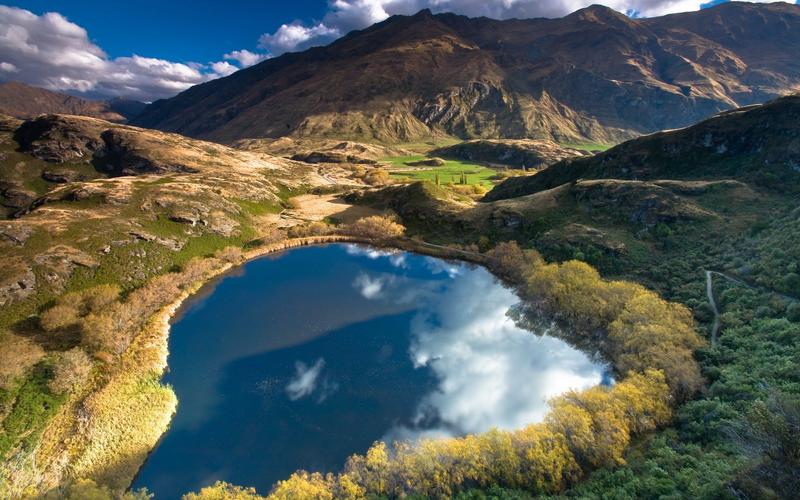Zamboanga City is a place rich in cultural heritage. With its diverse mix of ethnicities and influences, this city in the southern region of the Philippines has cultivated a unique treasure trove of historical importance. From its colorful festivals to its remarkable architecture, it’s no wonder that preserving its cultural heritage has been a priority for the city’s leaders.
One of the initiatives that Zamboanga City has launched is the preservation of its traditional houses or “Bahay na Bato.” These unique homes, made of stone and wood, were built during the Spanish colonial era and are a testament to the city’s past. One such house that has been restored is the Yakan Weaving Center. The house has been transformed into a museum, showcasing the traditional Yakan weaving process and the textiles that are crafted from it.
Another initiative in preserving Zamboanga City’s cultural heritage is the preservation of its language. Chavacano, a Spanish-based creole language, is a language spoken in Zamboanga City. The city has taken steps to ensure that this unique dialect does not disappear. As part of these efforts, there are now Chavacano language courses available for students who want to learn the language and appreciate its cultural significance.
The city also celebrates its cultural heritage through various festivals. The Zamboanga Hermosa Festival, for example, pays tribute to the city’s patroness, Our Lady of the Pillar. During the festival, the city comes alive with colorful costumes, traditional music, and dance performances. It’s a celebration of the city’s rich cultural traditions that have been passed down from generation to generation.
In addition, Zamboanga City has developed a cultural heritage trail that allows visitors to explore the city’s history and culture. The trail features various landmarks, such as the Fort Pilar Shrine and Museum, which showcase the city’s Spanish colonial past. Visitors can also explore the city’s vibrant markets, where they can find traditional textiles, handicrafts, and food.
Preserving the cultural heritage of Zamboanga City is crucial not only for the preservation of its history but also for promoting tourism and economic development. Through efforts like the restoration of traditional homes, the preservation of language, the celebration of festivals, and the development of cultural heritage trails, the city is ensuring that its cultural heritage remains alive and thriving for generations to come.
(Note: Do you have knowledge or insights to share? Unlock new opportunities and expand your reach by joining our authors team. Click Registration to join us and share your expertise with our readers.)
Speech tips:
Please note that any statements involving politics will not be approved.
